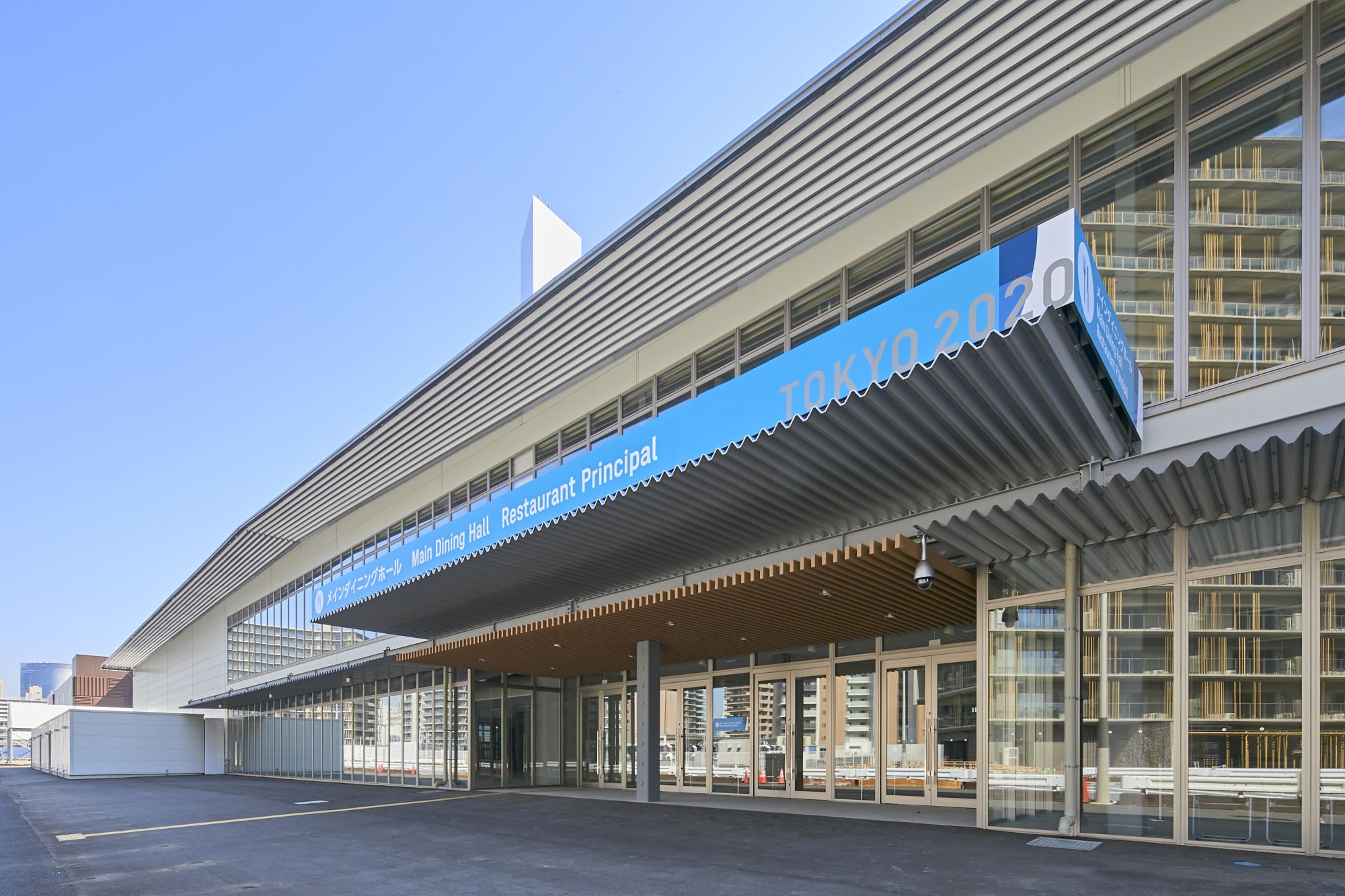Curious to find out what nourishment the athletes can find at the Olympic Village Dining Hall during the Games? We have all the details.
Tokyo Olympics 2020 is currently hosting 11,000 athletes from 206 countries, all eager for a slice of sporting glory. Accommodating all of them is certainly a herculean task, as they would need proper places to sleep, train, and, of course, eat.
Whose duty is it to ensure the Olympians are fed well? That’s the Tokyo Organising Committee of the Olympic and Paralympic Games, who are guided by the Basic Strategy for Food and Beverage Services (Food Strategy). This strategy outlines everything technical about the food and beverages served there, from nutritional management to safety and hygiene.
Athletes require high amounts of energy to achieve peak athletic performance. According to NPR, competitive sportspeople usually consume an estimation of 2,000-8,000 calories a day (depending on their sport) in contrast to a regular person’s intake of 1,600-3,000 calories. And, of course, there are the outliers: competitive swimmer and 23-time Olympic gold medal winner Michael Phelps was said to consume up to 10,000 calories a day.
The Games committee therefore spared no expense to ensure its guests are fed properly throughout the 17 days of the Games. Japan Today reported that the athletes eat at the dining halls of the Olympic Village, which is closed to the press and public to prevent the spread of Covid-19. The Village can host around 18,000 people at a time, while an estimate of 48,000 meals are served daily.
See also: Tokyo Summer Olympics: Inside The Athletes' Village

For the first time in Olympics history, gluten-free food items are available to the athletes
This amount is actually on par with that of pre-Covid Olympics. For instance, the 2016 Rio Olympics served 60,000 meals to the athletes per day.
The Olympic Village Dining Hall is comprised of a two-storey main dining area and a casual dining hall, the latter only serving Japanese cuisine. The main area seats about 3,000 people at a time, while the casual area about 280. There are about 2,000 staff members on duty during peak hours.
About 700 menu options are available, largely divided into three categories: Western, Japanese and Asian, catering to all cultures. Dietary and religious restrictions are also taken into account, with vegetarian and halal options. It's also interesting to note that this is the first Olympics with a gluten-free section.
Each item is accompanied with nutritional information, such as the amount of calories, protein, fat, carbohydrates, sodium and salt per serving. Certified dieticians are available at the Nutritional Help Desk should more information is needed, the Japan Times reported.
German judoka Eduard Trippel recorded himself at the Dining Hall, which starts at 2:10 in the video:
ICYMI: 10 Highlights From Tokyo Olympics 2020 Opening Ceremony

